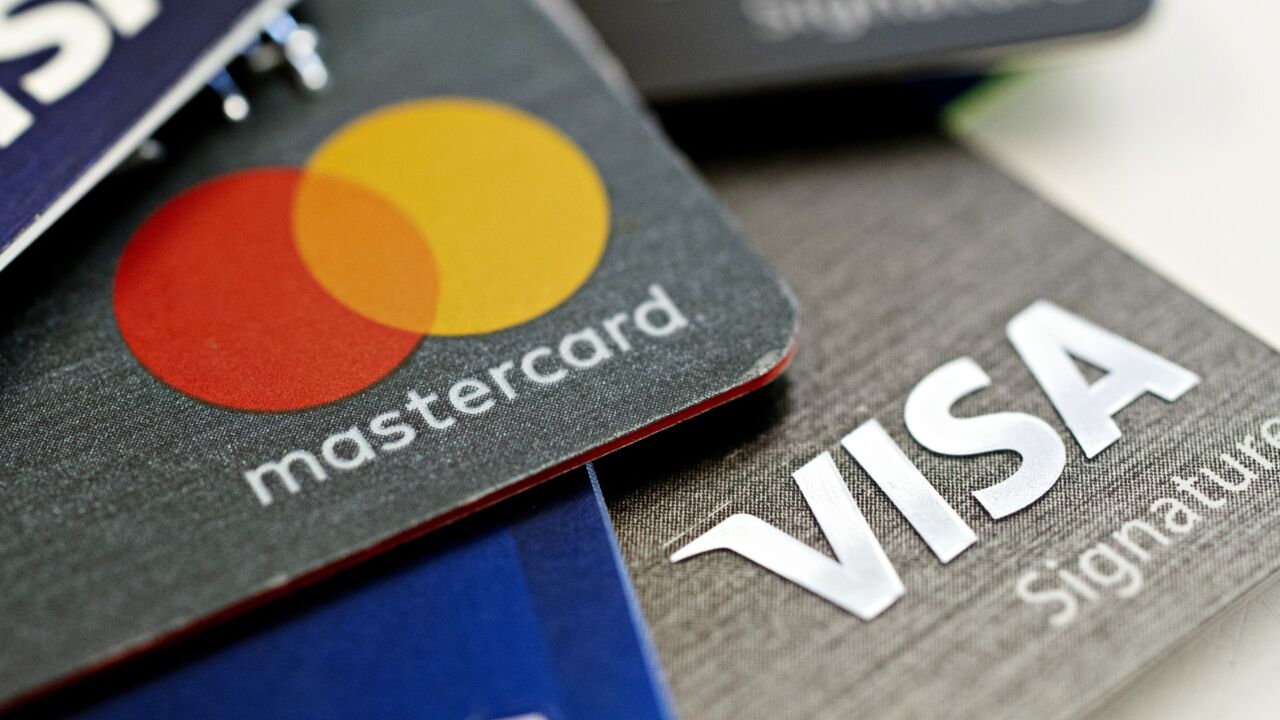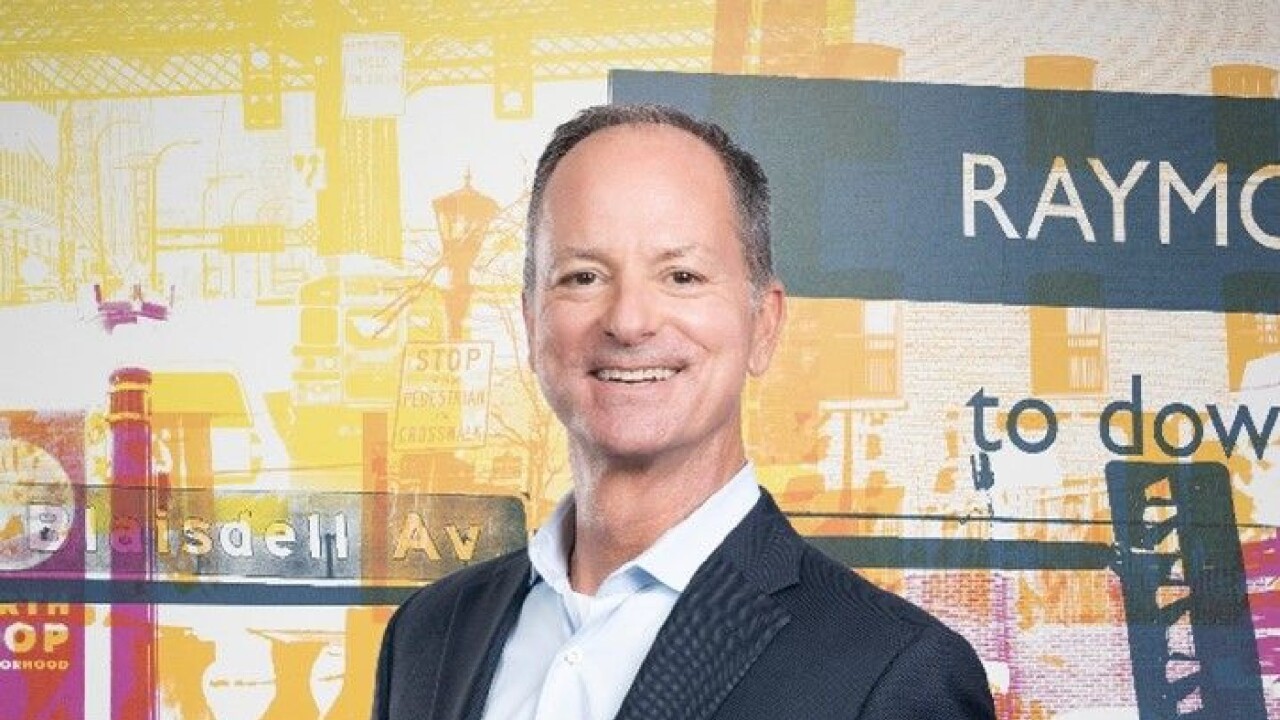For decades banks, card companies and tech startups have had little success getting consumers to ditch checks and pay their monthly rent online or through a mobile app. The online real estate company Zillow is the latest to try.
Today 80% of all rent is still paid in cash, check or money order, according to the
On the surface, this may appear to be another digital offering that could be added to the heap of current and expired firms in this space such as

However, what Zillow offers that is unique is a network of landlords and tenants who actively want to join it. Zillow claims
According to its website, YapStone's RentPayment.com brand has over 17 years of experience powering payments for the multifamily industry, enabling online payments for 3 million rental units. Currently there are
The other major boost in Zillow’s favor is the changing renter demographics — millennials.
The final factor in Zillow’s favor is that millennials desire convenience, particularly when it comes to using mobile devices. Like many alternative payment providers, Zillow uses its pricing to encourage consumers to pay by ACH, which is cheaper than accepting card payments. Card payments are still an option, but a pricey one; according to Zillow communications manager Amanda Woolley, Zillow charges tenants a $9.95 fee for debit card payments and a 2.95% fee for credit cards. Bank transfers are free, and there is never a fee for the landlord. Zillow works with Stripe to process payments.
While connecting landlords and tenants together may sound like a great opportunity, there can often be potential dangers if not executed properly.
“While rentals would appear to be a simple extension to Zillow’s business model, the dynamics are significantly different in general," said Tim Sloane, vice president of payments innovation at Mercator Advisory Group. "Add the vetting option and payment option, and the differences become very large. The potential to improperly vet the renter looms large, and while the details are in the contract that must exist between the Zillow and the renter and Zillow and the apartment owner, the fact remains that there are many vectors for liability.”
If Zillow is able to manage the legal contract side of things, there is another opportunity that could swing in its favor: Millennials' penchant for P2P apps such as Venmo and Square Cash. Jack Dorsey, CEO of





